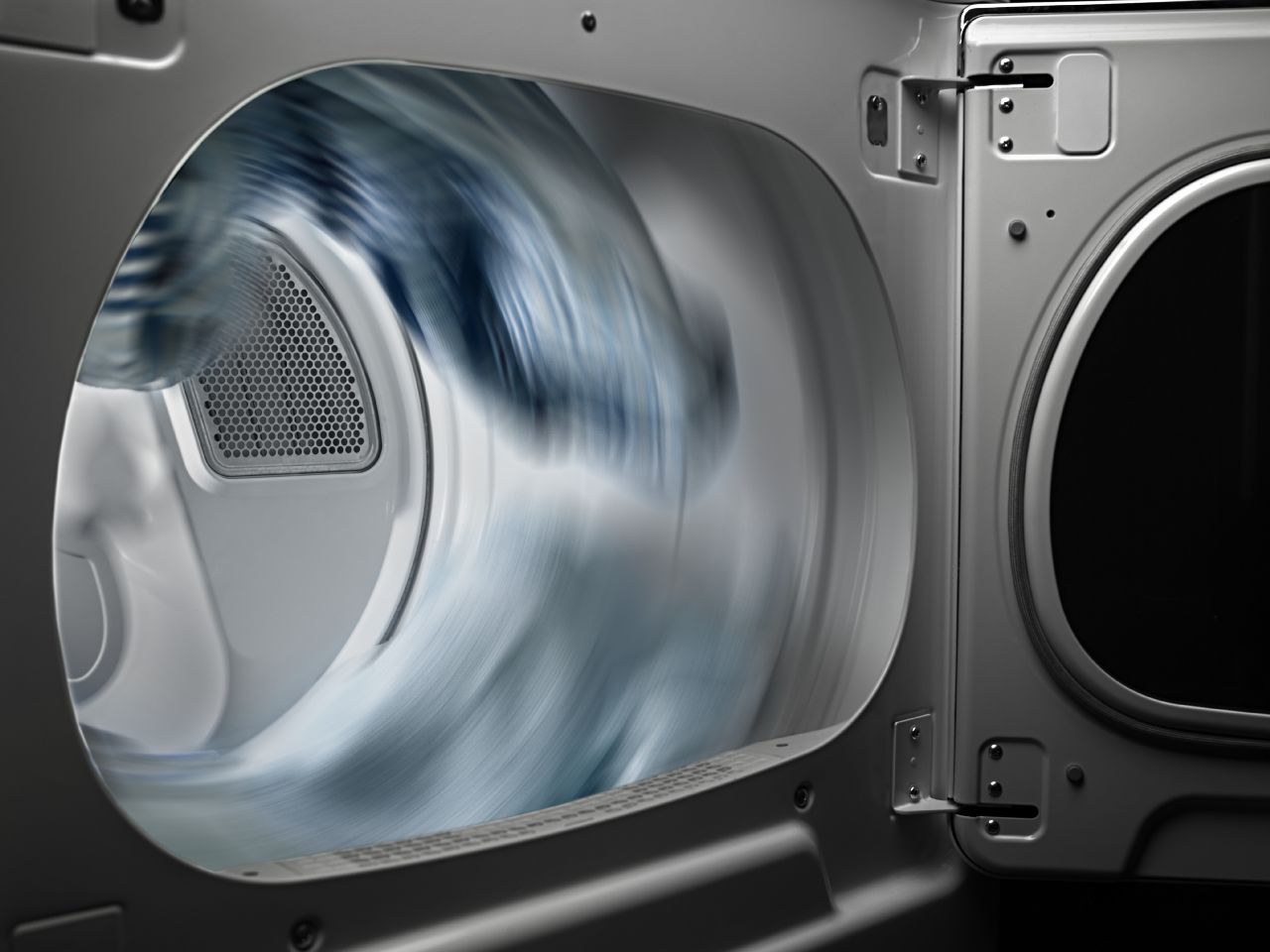

Articles
How To Dry Clothes Faster In Dryer
Modified: October 20, 2024
Learn how to dry clothes faster in your dryer with these helpful articles. Speed up your laundry routine and save time and energy.
(Many of the links in this article redirect to a specific reviewed product. Your purchase of these products through affiliate links helps to generate commission for Storables.com, at no extra cost. Learn more)
Introduction
When it comes to doing laundry, one of the most time-consuming tasks is waiting for clothes to dry. Whether you’re in a rush or simply want to minimize energy usage, drying your clothes faster in the dryer can be a game-changer. Fortunately, there are several tips and techniques you can implement to speed up the drying process and achieve dry and fresh-smelling clothes in no time.
In this article, we will guide you on how to dry your clothes faster in the dryer, ensuring that you can save time and enjoy the convenience of quick laundry turnaround. From optimizing your dryer settings to utilizing simple hacks, we’ve got you covered.
So, let’s dive in and discover how you can make your clothes dry faster and smoother with these expert tips and tricks.
Key Takeaways:
- Optimize your dryer settings, separate heavy and light garments, and utilize drying racks for delicate items to achieve faster and more efficient drying results.
- Regularly maintain your dryer, clean the lint filter, and increase ventilation in the drying area to ensure optimal performance and reduce drying times.
Choose the right dryer settings
One of the key factors in drying your clothes faster is choosing the right dryer settings. Different fabrics and garments require different levels of heat and drying times. Here are some tips to help you select the optimal settings:
1. Adjust the heat: Most dryers offer different heat levels, such as low, medium, and high. For delicate fabrics, choose a lower heat setting to prevent damage. For heavier materials like towels and jeans, opt for a higher heat setting to speed up the drying process.
2. Utilize the speed dry option: Many dryers come with a “speed dry” or “quick dry” option specifically designed to shorten drying times. This setting applies higher heat and increased airflow to expedite the drying process. However, keep in mind that using this option regularly may cause more wear and tear on your clothes.
3. Use the moisture sensor: Some dryers have built-in moisture sensors that can automatically detect when your clothes are dry. This feature helps prevent over-drying and saves energy. Make sure to use this setting if your dryer has it, as it can significantly reduce drying times.
4. Select the appropriate cycle: Different garments require different drying cycles. Most dryers offer options such as normal, delicate, permanent press, and more. For lighter fabrics, choose the delicate cycle, which typically has lower heat and shorter drying times. For heavier fabrics, opt for the normal or heavy-duty cycle.
5. Avoid prolonged cool-down periods: Some dryers have a cool-down period at the end of the drying cycle, where the machine continues to tumble the clothes without heat. While this can help prevent wrinkles, it also extends the drying time. If you’re in a hurry, you can skip the cool-down period or select a shorter duration.
By selecting the appropriate dryer settings, you can significantly reduce the time it takes for your clothes to dry. Experiment with different combinations to find the most efficient settings for your specific garments.
Use dryer balls or clean tennis balls
If you’re looking for a natural and cost-effective way to speed up the drying process, consider using dryer balls or clean tennis balls. These simple tools help improve air circulation within the dryer, resulting in faster and more efficient drying:
1. Dryer balls: Dryer balls are small, rubber or wool balls that are designed to tumble and separate your clothes in the dryer. By doing so, they create space for the hot air to circulate more freely, reducing drying time. Additionally, they can help soften your clothes and reduce static cling. Simply toss a few dryer balls into the dryer with your wet clothes and let them work their magic.
2. Clean tennis balls: If you don’t have dryer balls on hand, clean tennis balls can serve as an effective alternative. Simply wrap each tennis ball in a clean sock or cloth to prevent any dye or dirt transfer, and place them in the dryer with your clothes. The tennis balls will help fluff up your garments, allowing for better airflow and faster drying.
3. Alternatives to dryer balls: If you don’t have access to dryer balls or tennis balls, you can also use other household items as substitutes. Clean or rolled-up aluminum foil balls can provide similar benefits by agitating the clothes and increasing airflow. Another option is to use a clean, dry towel, which can help absorb excess moisture and speed up the drying process.
Using dryer balls or clean tennis balls is a simple and effective way to reduce drying time. Moreover, they can help soften your clothes naturally without the need for chemical fabric softeners.
Remember to remove the dryer balls or tennis balls from the dryer once the clothes are dry to prevent any unwanted noise or damage.
Separate heavy and light garments
When drying your clothes in the dryer, it’s important to separate heavy and light garments to ensure an efficient and even drying process. Mixing heavy and light fabrics can result in uneven drying, as the dryer may take longer to fully dry heavier items. Here are some tips for separating your laundry:
1. Sort by fabric weight: Start by sorting your laundry into two categories: heavy fabrics and light fabrics. Heavy fabrics include items like jeans, towels, and bedding, while light fabrics comprise t-shirts, underwear, and delicate materials. This separation allows the dryer to work more efficiently and reduces the risk of over-drying or under-drying certain items.
2. Dry similar items together: Within each category, group similar items together to ensure uniform drying. Place all the heavy fabrics, like jeans and towels, in one load, and lighter garments, like t-shirts and underwear, in another load. This way, the dryer can focus on drying a specific type of fabric at a time, resulting in faster and more effective drying.
3. Avoid overloading the dryer: While it can be tempting to maximize the dryer capacity, overloading it can lead to longer drying times. Clothes need adequate space to move around freely in the drum for proper drying. Overloading can restrict airflow, reduce the efficiency of the dryer, and prolong drying times. Be sure to leave enough room for the air to circulate between the garments.
4. Consider using dryer-friendly mesh bags: If you have small or delicate items that may get tangled or damaged in the dryer, consider using mesh laundry bags. These bags provide an extra layer of protection while allowing for proper airflow. Simply place the items in the bag and toss it in the dryer with the rest of your laundry.
By separating heavy and light garments, you can optimize the drying process and ensure that your clothes dry faster and more evenly. This simple step can help you achieve better results and extend the lifespan of your garments.
Optimize the dryer load size
One of the key factors that can impact the drying time is the size of the load you put into the dryer. Overloading the dryer or having too small of a load can both lead to inefficient drying. Here are some tips to optimize the dryer load size for faster and more effective drying:
1. Fill the dryer but don’t overcrowd: Aim to fill the dryer drum to about 75% capacity. This allows enough space for the clothes to tumble and promotes proper airflow. Overfilling the dryer can restrict airflow and result in longer drying times. However, avoid underloading the dryer as well, as it can lead to inefficient drying and increased energy usage.
2. Combine similar fabrics: When loading the dryer, try to combine similar fabric types and thicknesses. This ensures that the clothes will dry at a similar rate and reduces the risk of items over-drying or under-drying. Mixing different fabric types can result in uneven drying and prolong the drying time.
3. Remove heavy items: If you have bulky or heavy items, such as towels or bedding, consider drying them separately from lighter garments. Heavy items take longer to dry, and combining them with lighter fabrics can extend the overall drying time. By removing heavy items and drying them individually, you can help speed up the drying process for the rest of your laundry.
4. Shake out garments before loading: Before putting your clothes in the dryer, give them a quick shake to remove any clumps or wrinkles. This small step helps clothes to dry more evenly and reduces the likelihood of them clinging together during the drying cycle. Properly separating the garments enhances the airflow and promotes faster drying.
5. Consider using the auto-sensing feature: Many modern dryers come with an auto-sensing feature that detects the moisture level in the load and adjusts the drying time accordingly. This feature eliminates the guesswork and ensures that your clothes are dried to perfection without wasting unnecessary time or energy.
Optimizing the dryer load size is essential for efficient drying. By following these tips, you can reduce drying times, save energy, and have dry clothes ready to wear in no time.
Read more: How To Get Spackle To Dry Faster
Clean the lint filter before each use
One of the most important steps in drying clothes faster and maintaining the efficiency of your dryer is to clean the lint filter before each use. The lint filter catches lint, fibers, and debris from your clothes, preventing them from clogging the dryer vent. Here’s why it’s crucial to clean the lint filter regularly:
1. Improves airflow: A clogged or dirty lint filter restricts airflow, making it harder for hot air to circulate within the dryer. This can increase drying times and lead to inefficient drying. By cleaning the lint filter before each use, you ensure that the dryer has proper airflow, allowing it to dry your clothes more quickly and effectively.
2. Reduces the risk of fire: Lint is highly flammable, and a clogged lint filter can pose a fire hazard. When lint accumulates in the filter, it can obstruct the airflow and cause excess heat buildup. Regularly cleaning the lint filter helps prevent lint from accumulating and reduces the risk of a dryer-related fire.
3. Extends the lifespan of your dryer: A clean lint filter helps your dryer run more efficiently, reducing strain on the motor and other components. This can extend the lifespan of your dryer and save you from costly repairs or replacements. Taking a few seconds to clean the lint filter is a small maintenance task that pays off in the long run.
4. Promotes energy efficiency: When your dryer has proper airflow, it can operate at its optimal efficiency. This means it uses less energy to dry your clothes, saving you money on your energy bills. Regularly cleaning the lint filter not only speeds up drying times but also promotes energy savings, making it an eco-friendly choice.
How to clean the lint filter: Cleaning the lint filter is a quick and simple process. After each load, locate the lint filter typically located inside the dryer door or on top of the dryer. Remove any visible lint by hand or use a soft brush to sweep away the debris. Rinse the filter with water to remove any residue, and pat it dry before putting it back in the dryer.
By making it a habit to clean the lint filter before each use, you can improve the airflow, reduce the risk of fire, extend the life of your dryer, and promote energy efficiency. It’s a small step that goes a long way in achieving faster and more effective drying.
Avoid overloading the dryer
One common mistake that can significantly impact the drying time is overloading the dryer. While it may be tempting to fit as many clothes as possible to reduce the number of loads, it can lead to inefficient drying and longer drying times. Here’s why it’s important to avoid overloading the dryer:
1. Restricts airflow: Overloading the dryer restricts the airflow, preventing hot air from circulating properly. This lack of airflow inhibits the drying process and can result in damp or partially dried clothes. Without enough space for clothes to move freely, they can clump together and create pockets of trapped moisture, slowing down the drying time.
2. Increases drying time: When the dryer is overloaded, the clothes take longer to dry due to the limited airflow. The excess moisture from the damp clothes needs to evaporate, but the lack of airflow hinders this process. As a result, you may find yourself running multiple drying cycles or extending the drying time, wasting energy and time in the process.
3. Risk of wrinkles and damage: Overloading the dryer can lead to increased wrinkling and potential damage to your clothes. Without adequate space to tumble freely, clothes can twist and wrinkle, requiring additional time to remove the wrinkles during ironing or steaming. Additionally, overloading can cause stress to the dryer’s motor and other components, leading to potential malfunctions or breakdowns.
4. Inefficient energy usage: Overloading the dryer not only impacts the drying time but also results in inefficient energy usage. The dryer needs to work harder to dry a larger load, consuming more electricity or gas in the process. This can have a negative impact on your energy bills and increase your carbon footprint.
To avoid overloading the dryer, it’s important to follow the manufacturer’s guidelines for load capacity. Typically, filling the dryer to about 75% capacity allows for proper airflow and efficient drying. It’s also essential to leave some space between the garments to ensure they can move freely and facilitate proper drying.
By avoiding overloading the dryer, you can optimize the drying process, reduce drying times, and ensure that your clothes come out thoroughly dried and ready to wear. It’s a small adjustment that can have a significant impact on the efficiency and effectiveness of your laundry routine.
Use a higher spin cycle in the washing machine
To expedite the drying process and minimize the time spent in the dryer, consider using a higher spin cycle in your washing machine. The spin cycle helps remove excess water from your clothes before transferring them to the dryer. Here’s why using a higher spin cycle can help speed up drying times:
1. Efficient water extraction: The main purpose of the spin cycle is to remove as much water as possible from your clothes. By using a higher spin speed, the washing machine can exert stronger centrifugal force, effectively squeezing out more water from the garments. This means that your clothes will enter the dryer with less moisture, leading to reduced drying times.
2. Minimizes dampness: With a higher spin cycle, your clothes will come out of the washing machine relatively dry. This reduces the amount of time needed in the dryer, as the drying process primarily focuses on evaporating moisture rather than removing excess water. By minimizing the dampness of your clothes from the start, you can significantly speed up drying times.
3. Saves energy and reduces costs: Running a higher spin cycle can result in shorter drying times, which translates to energy savings and reduced utility costs. The less time your dryer needs to operate, the less electricity or gas it consumes. By taking advantage of the washing machine’s spin cycle to remove excess water, you can optimize your laundry routine for efficiency and cost-effectiveness.
4. Delicate garment considerations: While using a higher spin cycle is beneficial for most fabrics, it’s essential to consider the specific care instructions of delicate garments. Some delicate fabrics may be more prone to wrinkling or damage at higher spin speeds. In such cases, it’s advisable to adjust the spin cycle accordingly or use a lower spin speed to protect the integrity of the fabric.
5. Consider using additional rinse cycles: In situations where your washing machine does not have adjustable spin speeds or you want to further reduce moisture content, consider adding an additional rinse cycle. This will help remove more detergent residue and excess water from your clothes before moving them to the dryer, ultimately speeding up the drying process.
By utilizing a higher spin cycle in your washing machine, you can effectively remove more water from your clothes, resulting in faster drying times. This simple adjustment can lead to time and energy savings, while also improving the overall efficiency of your laundry routine.
To dry clothes faster in the dryer, add a dry towel to the load. The towel will absorb excess moisture, reducing drying time.
Pre-dry clothes before putting them in the dryer
If you want to reduce drying time and save energy, consider pre-drying your clothes before putting them in the dryer. Pre-drying involves removing excess moisture from your garments using alternative methods before using the dryer. Here’s why pre-drying can be beneficial:
1. Speeds up drying process: By removing some of the moisture from your clothes before putting them in the dryer, you can significantly reduce drying times. Wet clothes can take a while to dry completely in the dryer, prolonging the overall laundry process. Pre-drying helps jumpstart the process and gets your clothes closer to being fully dry from the start.
2. Saves energy and lowers costs: Pre-drying your clothes can lead to energy savings and lower utility bills. Since the dryer won’t have to work as hard or run for as long, it consumes less electricity or gas. This not only reduces your environmental impact but also saves you money in the long run. Pre-drying is especially beneficial if you have high-energy-consuming dryers, such as electric dryers.
3. Reduces wear and tear: Excessive heat and tumbling in the dryer can cause wear and tear on your clothes over time. By pre-drying your clothes, you minimize the exposure to these elements and potentially extend the lifespan of your garments. It’s particularly helpful for delicate fabrics that may be sensitive to high heat or prolonged drying cycles.
4. Different pre-drying methods: There are several ways to pre-dry your clothes depending on your preferences and available resources. One method is air-drying your clothes on a drying rack or clothesline before transferring them to the dryer. This allows natural air circulation to evaporate some of the moisture. Another option is using a high-speed or extended spin cycle in the washing machine to remove as much water as possible before drying.
5. Consider using a towel: If you’re short on time or don’t have access to a drying rack, you can use a clean, dry towel to absorb excess moisture from your clothes. Lay the towel flat on a surface, spread your damp clothes on top, and roll them up tightly in the towel. Gently press or squeeze the towel to absorb the moisture from the clothes. Afterward, transfer the clothes to the dryer for the final drying cycle.
Remember that pre-drying shouldn’t completely dry your clothes, but rather reduce their moisture content. The goal is to speed up the drying process and improve the efficiency of the dryer. Experiment with different pre-drying methods to find the one that works best for you and your laundry routine.
By pre-drying your clothes before putting them in the dryer, you can significantly reduce drying times, save energy, and extend the life of your garments. It’s a simple yet effective step that can enhance the efficiency of your laundry routine.
Read more: How Can I Get My Carpet To Dry Faster
Use dryer sheets or fabric softener
If you want to speed up the drying process and enhance the softness of your clothes, utilizing dryer sheets or fabric softener can be highly beneficial. These products work to reduce static cling and make your clothes feel smoother and more comfortable. Here’s how using dryer sheets or fabric softener can enhance your drying experience:
1. Reduce drying time: Dryer sheets and fabric softener can help reduce drying time by improving the airflow and reducing static cling. They coat the fibers of your clothes, making them more slippery and preventing them from sticking together. This allows the air to circulate more efficiently, enhancing the evaporation of moisture and shortening the drying time.
2. Eliminate static cling: Static cling is a common issue when clothes rub against each other during the drying process. Dryer sheets and fabric softener contain ingredients that reduce static electricity, preventing clothes from sticking together or clinging to your skin. This not only makes your clothes more comfortable to wear but also reduces the need for additional steps like ironing or using anti-static sprays.
3. Soften and freshen clothes: Dryer sheets and fabric softener work to soften the fibers of your clothes, making them feel smoother and more comfortable against your skin. They also impart a pleasant fragrance that can leave your laundry smelling fresh and inviting. This added touch can make your clothes feel and smell as if they’ve just come off the clothesline on a sunny day.
4. Options for dryer sheets: Dryer sheets are small sheets made of non-woven fabric and are coated with a combination of softening agents, fragrance, and antistatic agents. They can be easily tossed into the dryer with your clothes and can be used for multiple drying cycles before needing to be replaced.
5. Options for fabric softener: Fabric softener can be added to the rinse cycle in your washing machine or used as a dryer sheet. Liquid fabric softener is usually poured into a dispenser or directly onto the clothes during the rinse cycle. Dryer sheets can be used as an alternative to liquid fabric softener if you prefer convenience and simplicity.
Remember to follow the manufacturer’s instructions regarding the appropriate amount of dryer sheets or fabric softener to use. Using too much can leave a residue on your clothes or make them feel sticky.
By incorporating dryer sheets or fabric softener into your laundry routine, you can reduce drying time, minimize static cling, and enjoy softer, fresher-smelling clothes. It’s a simple and effective way to enhance the overall drying experience and ensure your clothes come out feeling and smelling their best.
Increase ventilation in the drying area
If you want to expedite the drying process and improve airflow around your clothes, increasing ventilation in the drying area is crucial. Proper ventilation helps remove moisture from your laundry, allowing the drying process to be more efficient. Here are some tips to increase ventilation in the drying area:
1. Open windows and doors: If weather permits, open windows and doors near the drying area to create a cross breeze. This encourages air circulation and improves ventilation, helping to speed up the drying process. The incoming fresh air helps to evaporate moisture from your clothes more quickly.
2. Use fans or ceiling vents: Position fans or turn on ceiling vents in the drying area to promote air movement. Set them to blow air outwards, as this helps draw in fresh air. Fans help remove moist air and create a constant flow of dry air, which enhances the evaporation of moisture from your clothes. This technique can be especially effective in enclosed spaces without windows.
3. Set up a dehumidifier: If you’re drying your clothes in a humid environment or during the rainy season, using a dehumidifier can help remove excess moisture from the air. Dehumidifiers work by pulling moisture from the air, creating a drier environment for your clothes to dry more efficiently. They can significantly reduce the drying time and prevent clothes from feeling damp due to high humidity.
4. Choose a well-ventilated area: Select a well-ventilated location for your drying area. Avoid placing it in a small, enclosed room or near areas with limited airflow, such as a closet. Instead, opt for an area with good air circulation, like a spacious laundry room or near an open window. This ensures that there is a constant supply of fresh air to aid in the drying process.
5. Properly space out your clothes: Ensure that your clothes are adequately spaced out when hanging or laying them to dry. This allows air to circulate freely around each garment, enhancing the drying process. If clothes are too close together, they can obstruct airflow and slow down drying times. Give each garment enough space to maximize exposure to the surrounding air.
By increasing ventilation in the drying area, you can improve air circulation, evaporate moisture more effectively, and reduce drying times. Proper ventilation helps create an environment conducive to faster and more efficient drying, ensuring your clothes are ready to wear in no time.
Avoid drying heavy fabrics with lightweight clothing
When using a dryer, it’s important to separate heavy fabrics from lightweight clothing to achieve optimal drying results. Mixing heavy and lightweight garments in the same load can lead to uneven drying and potentially damage delicate fabrics. Here’s why you should avoid drying heavy fabrics with lightweight clothing:
1. Uneven drying: Heavy fabrics like towels, denim, or bedding retain more moisture than lightweight clothing such as t-shirts, underwear, or delicate materials. When mixed together in the dryer, the heavy fabrics release moisture at a slower rate, which can impact the drying time for the lightweight garments. The heavy fabrics will require more drying time to reach the desired level of dryness, potentially leading to overdrying or extended drying cycles for the lighter clothing.
2. Damaged delicate fabrics: Lightweight fabrics, especially delicate ones like silk or lace, are more susceptible to damage from the tumbling motion and heat of the dryer. When thrown together with heavy fabrics, they can get tangled, twisted, or stretched, resulting in tears, snags, or deformation. It’s best to air dry or use lower heat settings for delicate fabrics or dedicate a separate drying cycle specifically for them.
3. Wrinkling and creasing: Heavy fabrics have a tendency to bunch up and form wrinkles during the drying process. When mixed with lightweight garments, it increases the chance of wrinkles and creases forming on the lighter fabrics. This can be particularly problematic for materials that are prone to wrinkling, such as cotton or linen. Separating heavy fabrics from lightweight clothing reduces the risk of wrinkling and minimizes the need for ironing or additional steps to remove wrinkles.
4. Optimal drying efficiency: When you separate heavy fabrics from lightweight clothing, you allow the dryer to work more efficiently for each specific load. Heavy fabrics can be dried on a higher heat setting and for a longer duration, while lightweight clothing can be dried quickly and at a lower temperature. This separation optimizes the drying process for each type of fabric, resulting in faster and more effective drying.
5. Recommended sorting: To ensure proper drying, it’s advisable to sort your laundry into separate loads based on fabric weight. Group heavy fabrics together in one load and lightweight clothing in another load. This allows for better airflow, more consistent drying times, and reduced risk of damage or wrinkling.
By avoiding the mixing of heavy fabrics with lightweight clothing, you can achieve more efficient drying results while safeguarding delicate fabrics. Taking the extra step to separate your loads not only ensures better drying outcomes but also helps extend the lifespan of your garments.
Consider using a drying rack for delicate items
When it comes to drying delicate items, such as lingerie, sweaters, or certain types of fabrics, using a drying rack is an excellent alternative to the dryer. Air-drying on a rack helps preserve the integrity of delicate items and ensures they retain their shape and quality. Here’s why you should consider using a drying rack for delicate items:
1. Prevention of damage: Delicate items are often made from sensitive materials that can shrink, stretch, or warp when exposed to high heat or vigorous tumbling in the dryer. By air-drying on a rack, you eliminate the risk of damage caused by heat and mechanical agitation. Your delicate items can retain their shape, color, and overall quality for a longer duration.
2. Gentle drying process: Air-drying on a drying rack provides a gentle and slow drying process. Delicate fabrics can dry naturally without the physical stress or potential friction that comes with using a dryer. This helps prevent stretching, distortion, and snagging that can occur when delicate items come into contact with other garments or dryer components.
3. Maintaining garment integrity: Delicate items often feature delicate details like lace, beading, or embroidery. The gentle air drying on a rack helps maintain the structural integrity of these intricate elements. It reduces the risk of these delicate embellishments getting tangled or damaged during the drying process, ensuring your garments look as good as new.
4. Minimization of wrinkles: Delicate fabrics are more prone to wrinkling, and the heat and tumbling action of the dryer can exacerbate this issue. By air-drying on a rack, the weight of the garment is evenly distributed, reducing the likelihood of wrinkles and creases. This saves you time and effort, as you may not need to iron or steam delicate items after air-drying them.
5. Versatility and space-saving: Drying racks are flexible and can be used both indoors and outdoors. They are available in various sizes and designs, making them suitable for different spaces, including apartments, laundry rooms, or balconies. Drying racks also save space compared to using multiple clotheslines or filling up the dryer. They can be folded and stored away when not in use, making them a convenient solution for drying delicate items.
6. Proper shape retention: Some delicate items require special attention to retain their shape. Items like sweaters or knitwear can stretch out or lose their original form when hung or laid flat. A drying rack allows you to gently lay these items on the horizontal platform, ensuring they maintain their shape while they air-dry.
By utilizing a drying rack for delicate items, you can protect their quality, avoid damage, and preserve their unique features. Air-drying provides a gentle and effective method to dry delicate items while maintaining their shape and integrity, ensuring they look and feel their best for years to come.
Check for any dryer maintenance issues
Regular maintenance of your dryer is essential not only for its efficient operation but also for maximizing its lifespan. By periodically checking for maintenance issues, you can ensure that your dryer is running smoothly, avoid potential problems, and promote faster drying times. Here are some key areas to check for dryer maintenance issues:
1. Clean the vent and ductwork: Over time, lint and debris can accumulate in the dryer vent and ductwork, restricting airflow and increasing drying times. Regularly clean the vent and ductwork using a vent brush or vacuum to remove any lint build-up. This will improve airflow and prevent potential fire hazards caused by clogged vents.
2. Inspect and clean the drum: Check for any residue or debris that may have accumulated on the drum. Use a soft cloth or mild detergent to clean the drum interior, ensuring that there are no stains or sticky residue that could transfer onto your clothes during drying.
3. Clean the moisture sensors: If your dryer has moisture sensors, clean them regularly to ensure accurate drying detection. Moisture sensors can become coated with residue from dryer sheets or fabric softener, affecting their ability to assess moisture levels properly. Use a cloth or cotton ball with rubbing alcohol to wipe the sensors clean.
4. Inspect the lint filter: The lint filter should be cleaned before each use, but over time, it can become worn or damaged. Regularly inspect the lint filter for any signs of deterioration, such as holes or cracks. If necessary, replace the filter to ensure proper functioning and prevent lint from entering the dryer mechanism.
5. Check for unusual noises or vibrations: Pay attention to any unusual noises or vibrations coming from the dryer during operation. These could be indicators of mechanical issues, such as loose screws or worn-out rollers. If you notice any irregularities, it’s best to have a professional technician examine and address the problem to prevent further damage.
6. Ensure proper leveling and stability: Check that your dryer is properly leveled and stable. Use a bubble level to verify that the appliance sits evenly on the floor. An unbalanced dryer can cause excessive vibrations and lead to premature wear and tear on the machine and its components.
7. Schedule professional maintenance: Consider scheduling periodic professional maintenance for your dryer. Professionals can inspect and service internal components, check for any potential issues, and ensure that your appliance is working at its best.
By regularly checking for maintenance issues, you can keep your dryer running smoothly, prevent unnecessary wear and tear, and reduce drying times. Proper maintenance not only improves the efficiency of your dryer but also extends its lifespan, saving you money on repairs or replacement in the long run.
Conclusion
Drying clothes faster in the dryer is a common goal for many individuals seeking to streamline their laundry routine and save time. By implementing a few simple strategies and being mindful of smart drying practices, you can achieve quicker and more efficient drying results. From adjusting your dryer settings to utilizing additional tools and techniques, there are various ways to optimize the drying process.
Choosing the right dryer settings, such as heat level and cycle type, is the first step in speeding up drying times. Utilizing the appropriate settings based on fabric type and weight ensures efficient and effective drying. Additionally, using dryer balls or clean tennis balls can facilitate better airflow and reduce drying time by separating clothes and preventing them from clumping together.
Separating heavy and light garments before drying is crucial to promote even drying and prevent damage. Heavy fabrics require longer drying times, and mixing them with lightweight clothing may result in extended drying cycles or uneven moisture distribution. By opting for separate loads, you can improve drying efficiency and protect delicate items.
Optimizing the dryer load size, cleaning the lint filter before each use, and avoiding overloading the dryer are essential practices for faster drying. Creating proper ventilation and increasing airflow in the drying area can expeditiously remove moisture from clothes. This can be achieved by opening windows and doors, using fans or dehumidifiers, or selecting a well-ventilated location.
For delicate items, utilizing a drying rack is a gentle and effective method to prevent damage and maintain garment integrity. Drying racks allow delicate fabrics to air dry naturally, reducing the risk of wrinkles and maintaining the garment’s shape and quality.
Regularly checking for dryer maintenance issues, such as cleaning the vent and ductwork, inspecting and cleaning the drum, and scheduling professional maintenance, is vital for optimal dryer performance and longevity. By taking care of your dryer, you can ensure efficient operation and prevent potential problems that may impede the drying process.
In conclusion, by following these tips and strategies, you can significantly reduce drying times, save energy, and keep your clothes looking their best. With a little attention to detail and smart drying techniques, you can enjoy the convenience of faster and more efficient drying, giving you more time to focus on the things that matter most.
Frequently Asked Questions about How To Dry Clothes Faster In Dryer
Was this page helpful?
At Storables.com, we guarantee accurate and reliable information. Our content, validated by Expert Board Contributors, is crafted following stringent Editorial Policies. We're committed to providing you with well-researched, expert-backed insights for all your informational needs.
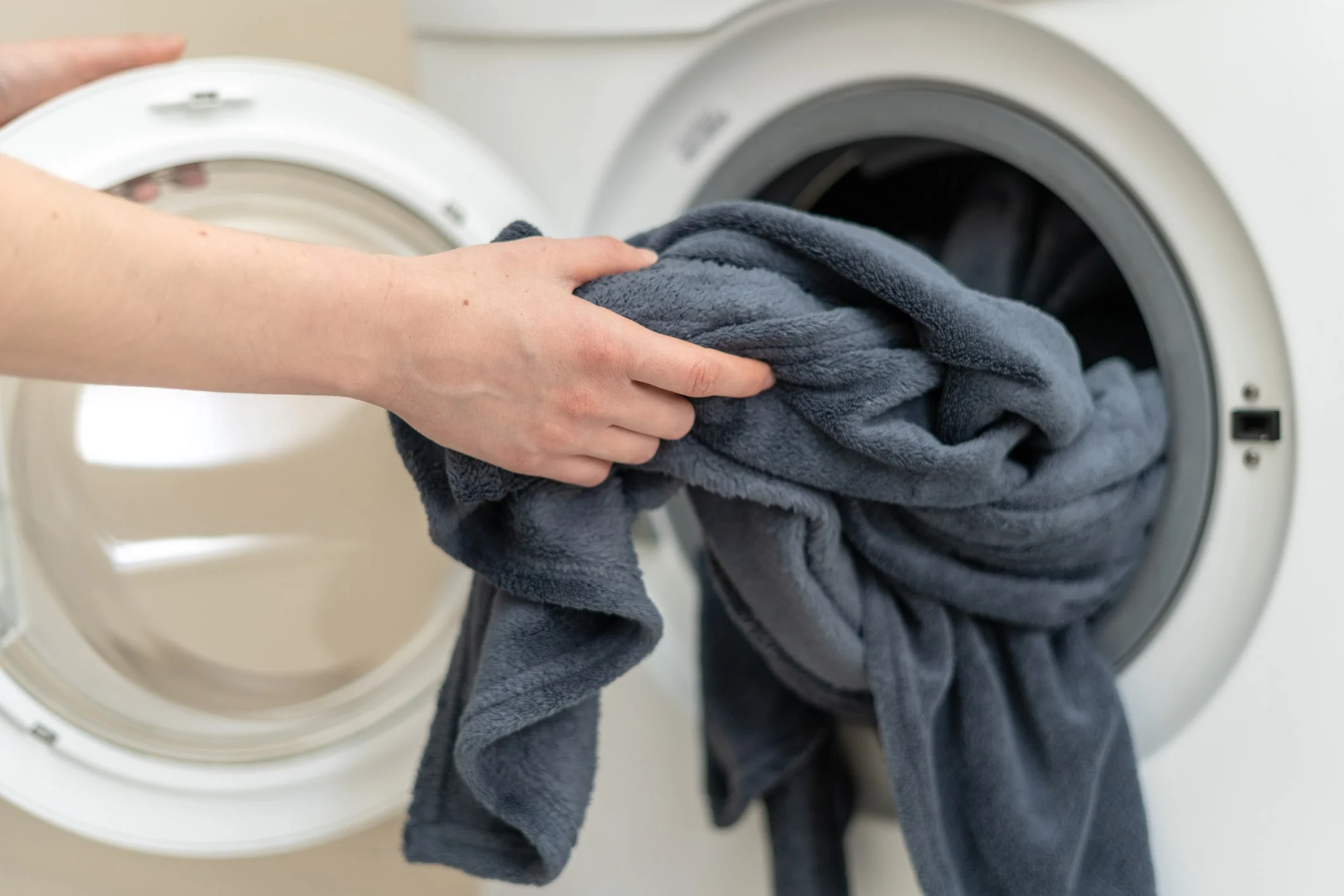
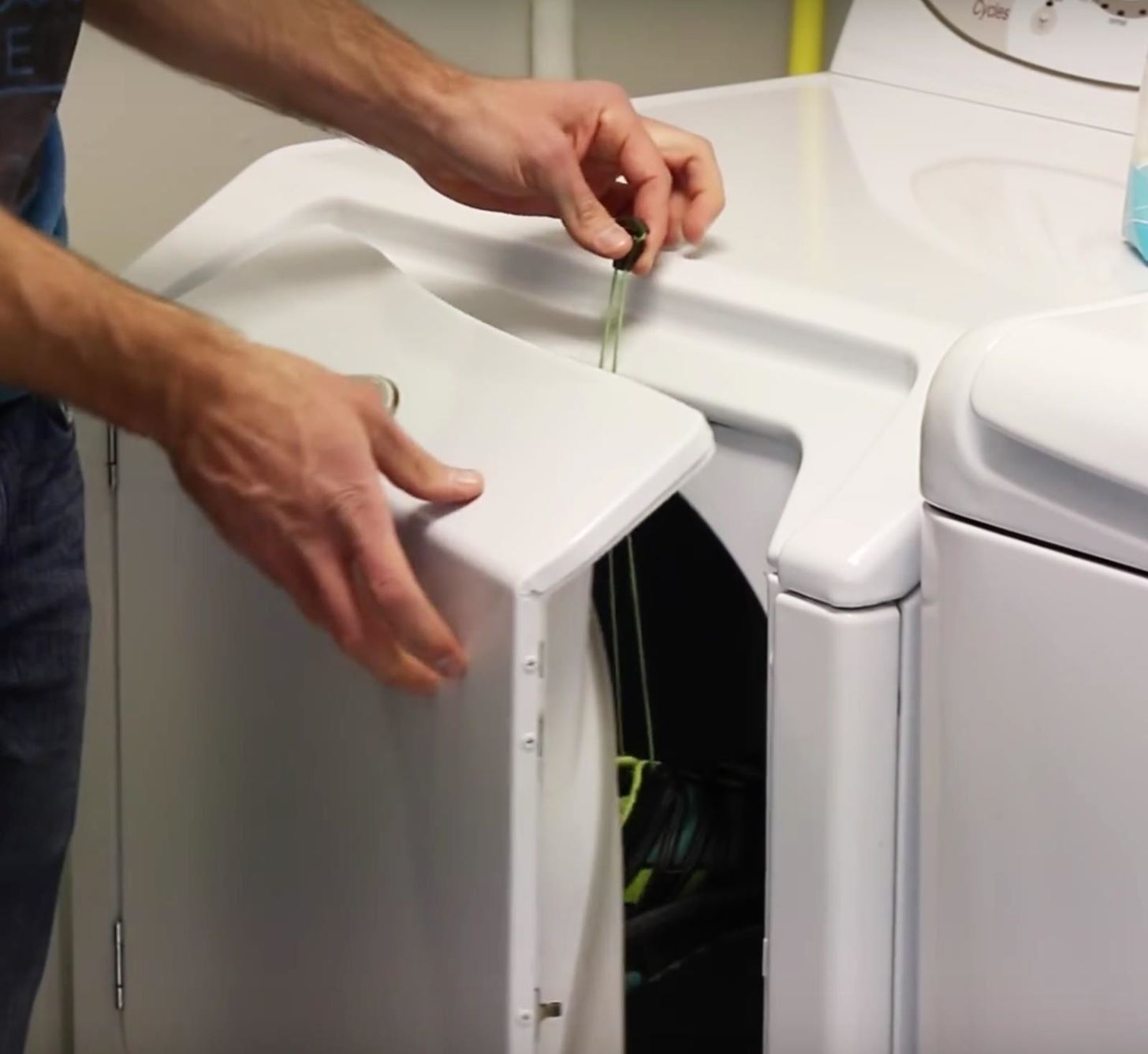

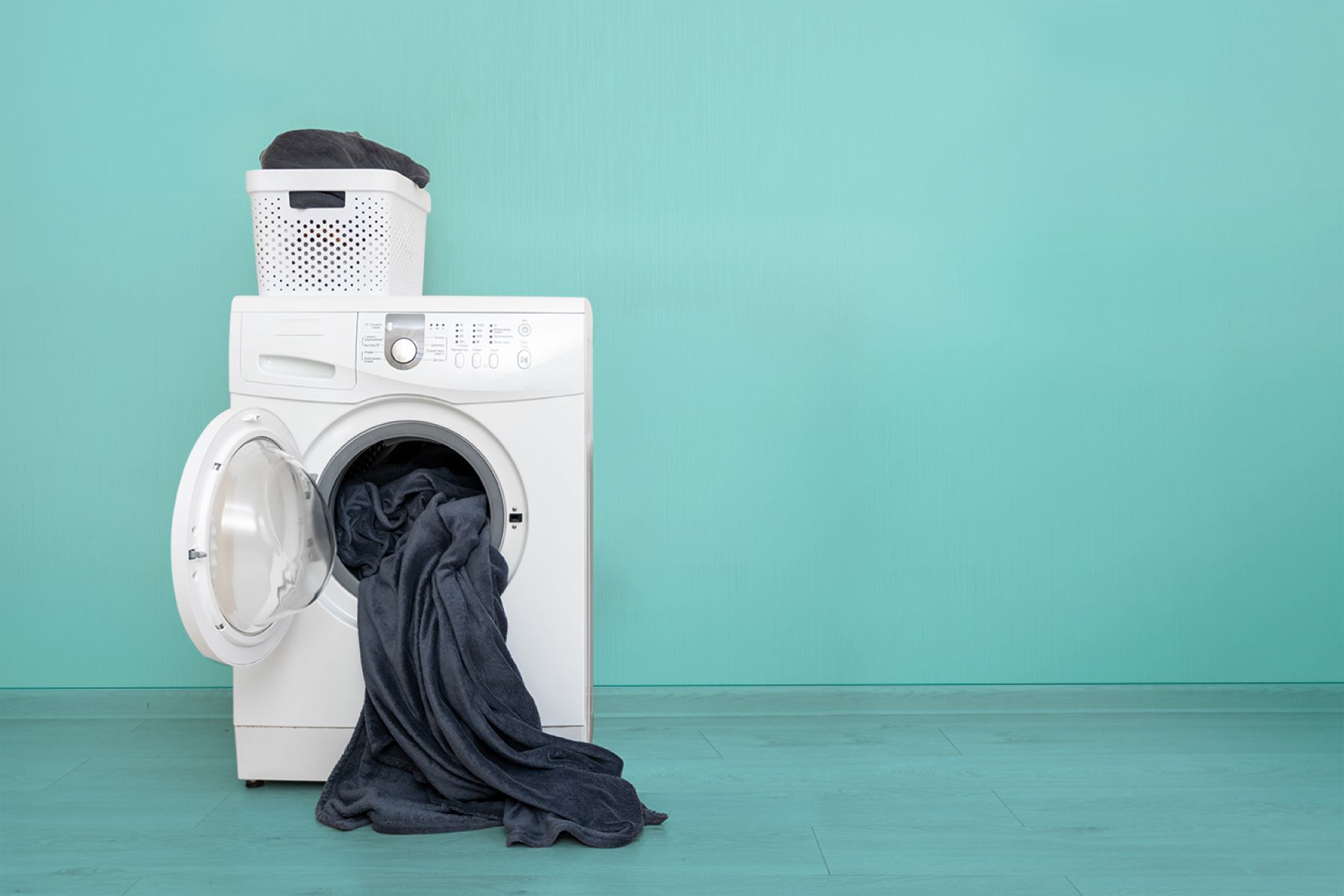
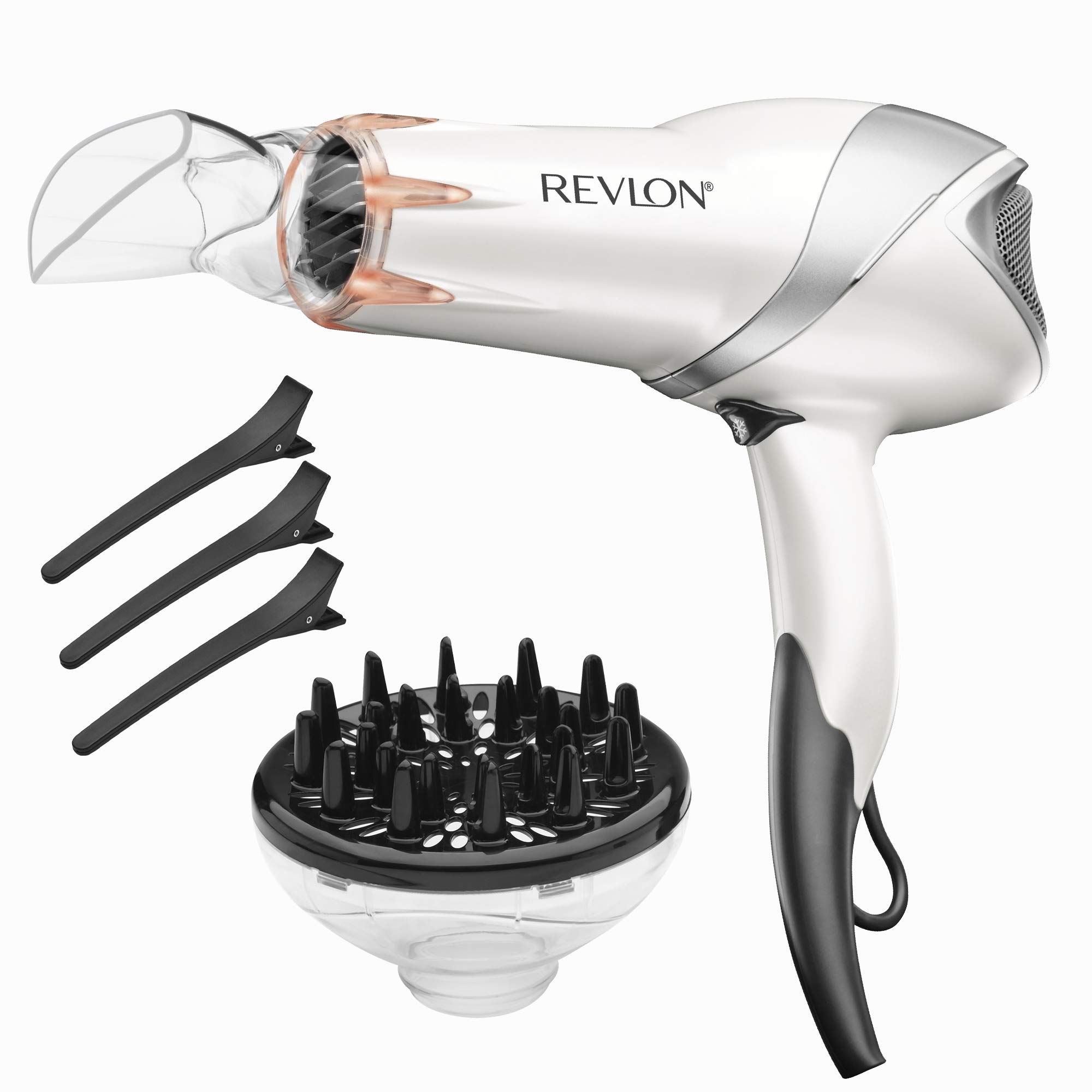
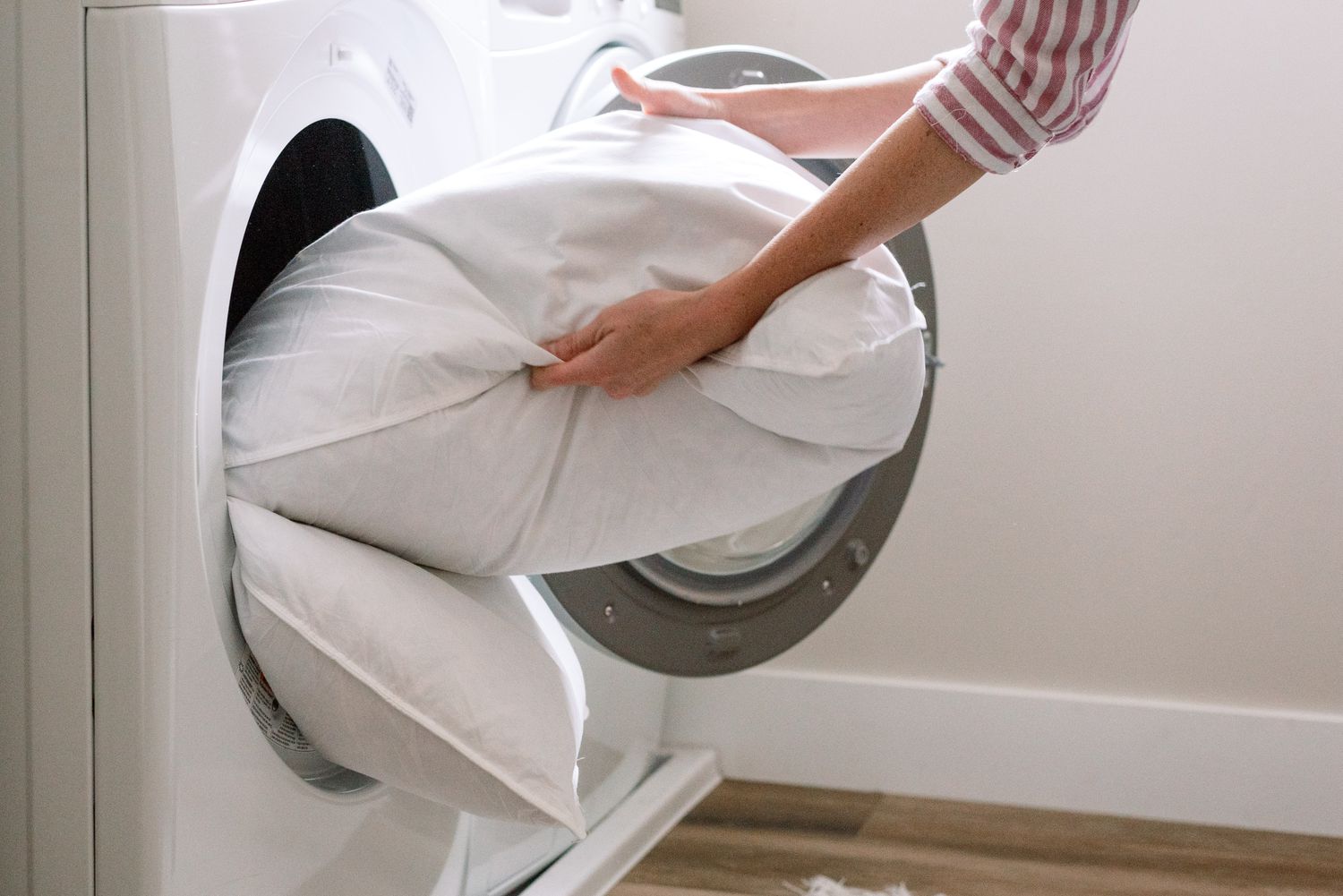

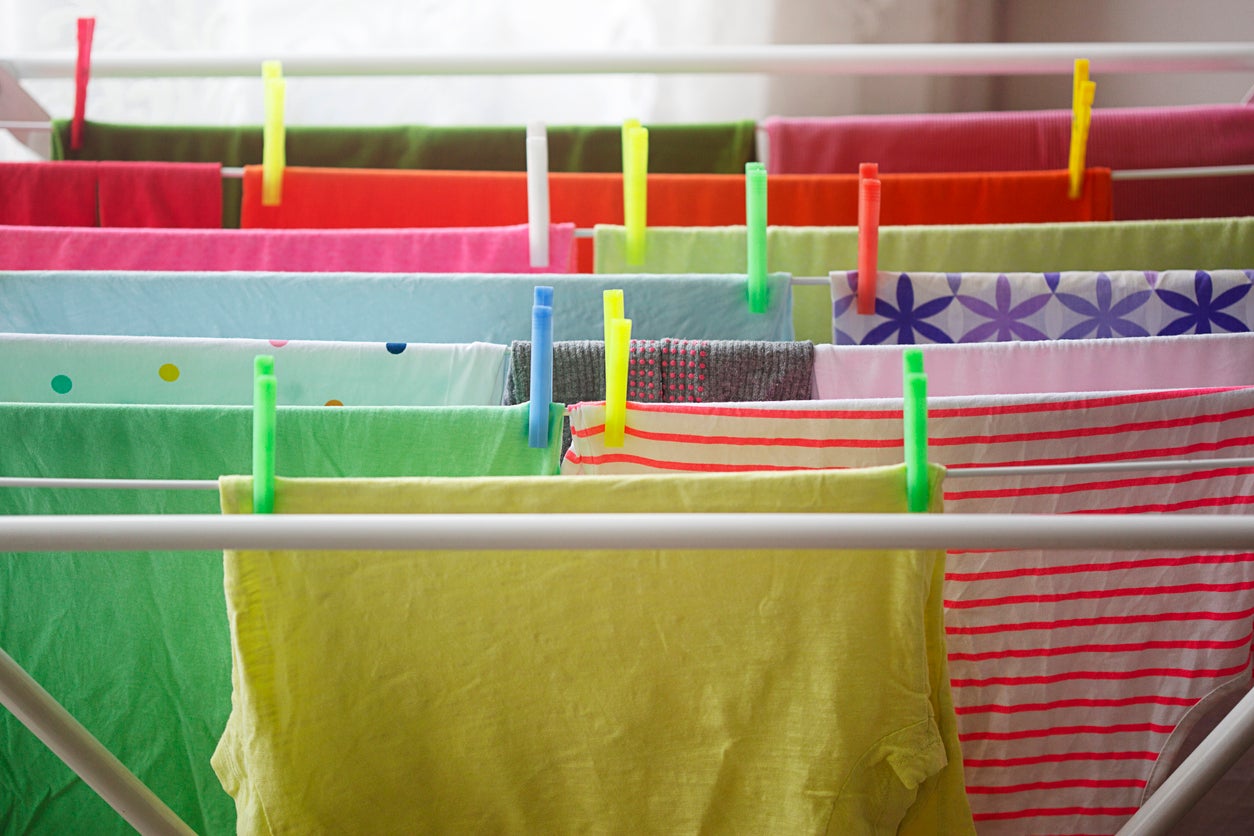





0 thoughts on “How To Dry Clothes Faster In Dryer”